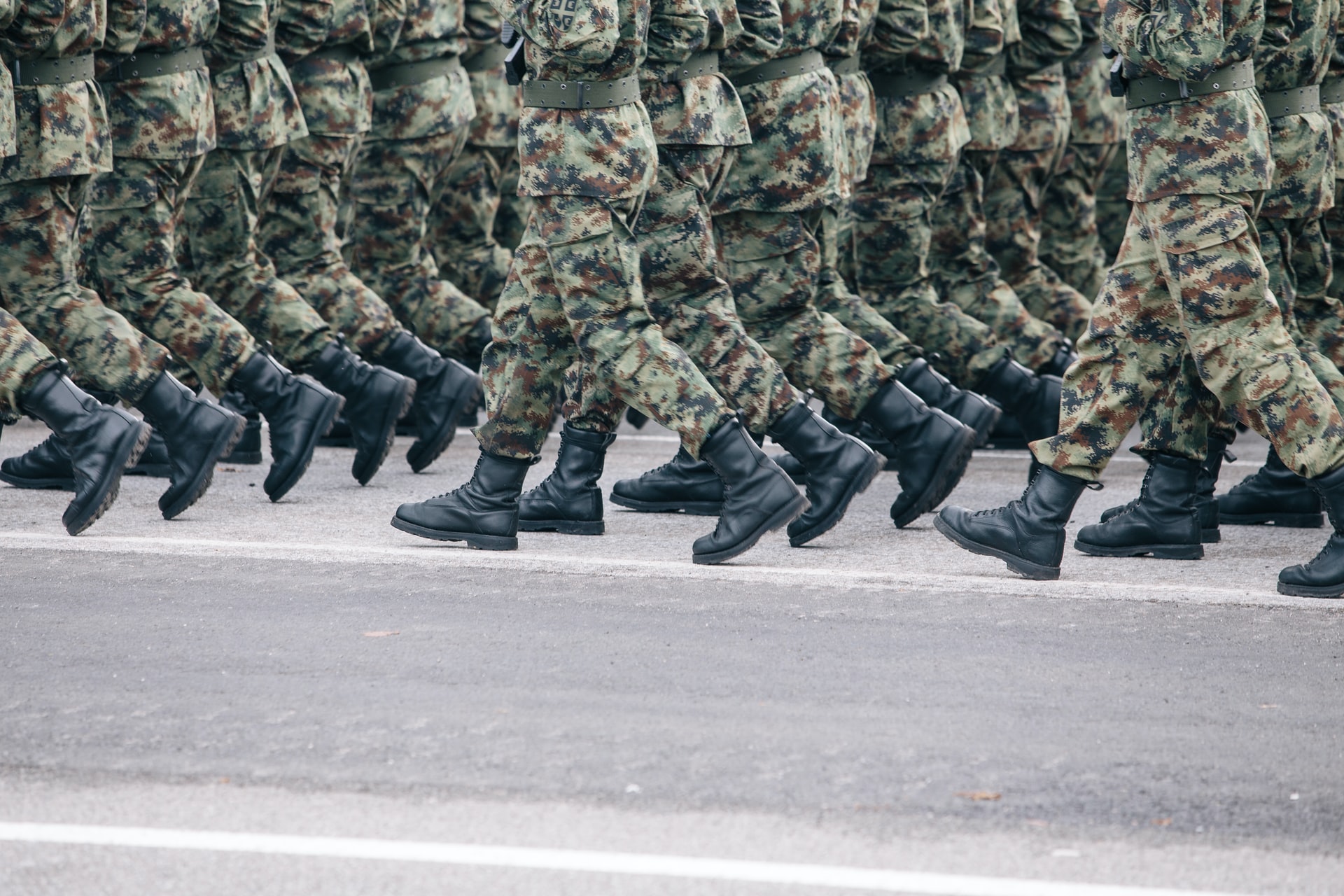News
Ukraine: US deploys more troops in eastern Europe – here’s how it compares with the cold war

Biden had already approved an increase of 20,000 troops in February 2022. This latest update makes permanent and specified changes to their deployment and to military infrastructure in Europe without increasing numbers further. (File Photo: Filip Andrejevic/Unsplash)
US president Joe Biden is beefing up the US military presence in eastern Europe as a reaction to the Ukraine war. Biden plans to redeploy troops from Germany to Poland and Romania and send more destroyers to strengthen Nato’s naval presence on its southern flank in the coming months, he told the Nato summit on June 29 2022.
The US will establish a permanent headquarters of the US 5th Army Corps in Poland, acting as a forward command post and army garrison headquarters. There will be an additional brigade stationed in Romania to enhance Nato forces across the eastern flank, alongside other manoeuvrable US army units. The US will also increase deployments of special operations forces, armoured vehicles, aviation and air defence to strengthen the security of the region.
The emphasis is on combined operations with other Nato allies, using forces that have enhanced flexibility and combat readiness. The US will also deploy two additional F-35 fighter bomber squadrons to the UK and two additional destroyers at Rota naval base in Spain.
A significant element in Biden’s statement was the clear commitment to defend “every inch” of Nato territory.
Cold war comparisons
Biden had already approved an increase of 20,000 troops in February 2022. This latest update makes permanent and specified changes to their deployment and to military infrastructure in Europe without increasing numbers further.
The US now has more than 100,000 troops in Europe. This is, however, far less than during the early years of the cold war in the late 1950s, when the US had about 450,000 troops in Europe. For most of the cold war, the number was maintained at about 330,000, while the Soviet Union had about 500,000 troops in East Germany.
During the cold war, the Warsaw Pact (a defence treaty between the Soviet Union and Albania, Bulgaria, Czechoslovakia, East Germany, Hungary, Poland and Romania) and Nato maintained high levels of combat-ready troops (900,000 on the Nato side and 1.2 million on the Warsaw Pact side) in case a large-scale war should break out.
Both sides had large tank armies (67,000 on the Warsaw Pact side, 32,000 on the Nato side) with artillery, armoured combat vehicles and aircraft. They also maintained very large munition depots. In addition, the US forces were equipped with more than 7,000 tactical nuclear weapons (compared with about 200 currently).
European defence downgraded
After the dissolution in 1991 of the Warsaw Pact and the Soviet Union itself, and the withdrawal of all Soviet forces from eastern Europe, the US reduced its European military presence substantially, to about 60,000 troops. This happened as Nato added Poland, the Czech Republic and Hungary to its membership (they formally became members on March 12 1999), in order to integrate these countries into the western alliance.
In the aftermath of the Nato-Russia Founding Act 1997 and the virtual collapse of Russian non-nuclear military capabilities, the defence of Europe became a less urgent concern. US troops in Europe remained part of a global pattern of deployment to support interventions in Afghanistan and Iraq, as the “war on terror” became the main priority of US global security policy.
From 2018 US president Donald Trump started to withdraw forces overseas, demanding increased commitment by European Nato members in their own defence. In 2018, the number of US troops in Europe dropped to a total of 65,000.
But in June 2021, Nato leaders identified three distinct threats to European security – Russia, China and terrorism – and decided that strategic changes were needed, especially since the annexation of Crimea and the conflict in eastern Ukraine. Nato stated: “The Russian Federation’s brutal war of aggression against Ukraine has shattered peace in Europe. Russia has violated the norms and principles that contributed to a stable and predictable European security order, and poses the most significant and direct threat to Allies’ security and to peace and stability in the Euro-Atlantic area.”
One problem has been that, until now, the bulk of Nato forces have not been forward deployed in the Baltic countries and other eastern European member states (Poland, Bulgaria, Romania, Hungary and Slovakia) where the total number of Nato troops is currently 9,641. In order to effectively defend against a Russian attack, substantial numbers of troops and heavy equipment including artillery and tanks need to be relatively close to the potential frontline.
Nato will substantially increase its rapid reaction force – a multinational force configured to react quickly to any security challenge. Nato secretary-general Jens Stoltenberg announced in the run-up to the recent summit that this is to be increased from its current 40,000 troops to more than 300,000 troops. It includes plans to deploy a larger number of battle groups (units of about 1,000 soldiers) in Bulgaria, Hungary, Romania and Slovakia. This means that instead of the “tripwire strategy”, which risked the Baltic states being occupied by Russia before a Nato response could be mounted, Nato is now preparing to defeat any Russian aggression from the outset.
All of these declarations and decisions are designed to send a powerful message of deterrence to Russia – although some European alliance members will face difficulties in meeting these targets before 2025. However, as Russian forces are tied down in Ukraine, there is no indication that Russia has the capacity or willingness to open another front in the foreseeable future.
While the Nato summit sent a strong signal about its commitment to defending the alliance, the hard work of implementing the new concept is only just beginning.![]()
Christoph Bluth, Professor of International Relations and Security, University of Bradford
This article is republished from The Conversation under a Creative Commons license. Read the original article.





















